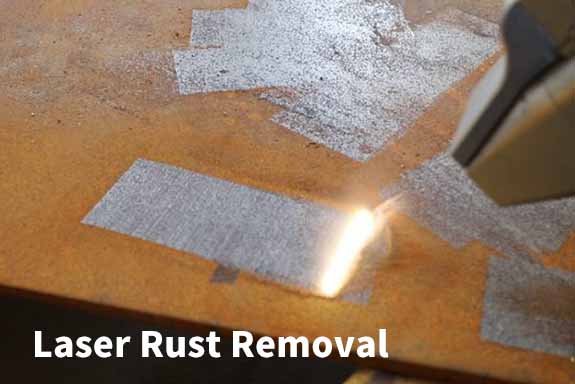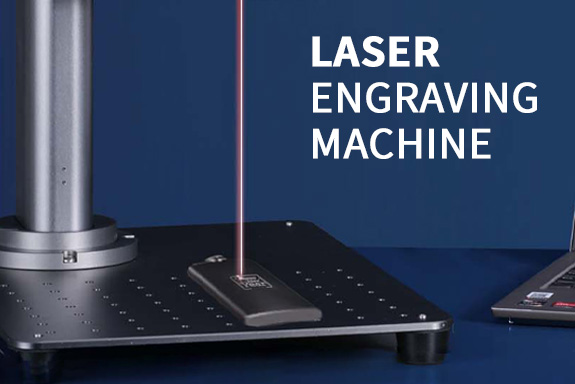Marking and engraving technologies have significantly advanced in recent years. Modern laser-based engraving methods have made it quicker and more efficient for manufacturers to track parts, monitor their progress through production, and ensure traceability back to their origin.
In an era where regulations and customer demands are higher than ever, a robust marking and traceability system is essential. It’s an investment that protects your business from current and future risks, including faulty materials, inefficiencies in production, poor inventory control, counterfeiting, and potential product recalls.

A successful traceability system hinges on three main factors:
- A permanent and readable mark, typically in the form of a 1D or 2D barcode, which contains crucial manufacturing information like batch or serial numbers.
- Software that connects your marking equipment to a database, enabling data storage and on-demand access for tracking purposes.
- The ability to analyze this data to optimize manufacturing and distribution processes, boosting overall efficiency.
The first step is establishing a durable identifier on each part. Thanks to advancements such as streamlined laser marking workstations, this has become more affordable and practical than ever before. Furthermore, new communication technologies allow marking systems to be integrated directly into factory automation networks, making the whole process more seamless.
Whether you’re currently using a traceability system or not, you’re likely aware that various marking options exist, including both permanent solutions like laser or dot peen marking, and temporary methods such as labels or inkjet printing. While the latter have been reliable for many years, today’s permanent marking solutions ensure that your data remains securely attached to your products from assembly to final delivery.
The Advantages Of Modern Laser Engraving Technology
Thanks to their versatility and precision, laser marking systems offer numerous time- and cost-saving benefits to manufacturers, including:
1. Reduced Risk Of Human Error
In a less-than-perfect manufacturing process, manual errors can lead to costly mistakes. Automated systems like laser etching help eliminate these risks by automating the marking process, capturing, storing, and managing data without the risk of human intervention. This ensures fewer quality issues, saving both time and money.
2. Lower Recall And Warranty Costs
With growing pressures from both consumers and regulations to enhance traceability, manufacturers who fail to upgrade their processes face even greater risks. Traceability systems allow manufacturers to pinpoint the root cause of a product defect, recover costs from responsible suppliers, and demonstrate full transparency to regulators and customers. Laser engraving also helps combat counterfeit goods by producing permanent, unique identifiers that help verify product authenticity.
There are multiple direct and indirect costs associated with recalls and warranty claims, including:
– Direct Costs: Product removal, customer notifications, replacements or refunds, and legal fees.
– Indirect Costs: Damage to brand reputation, efforts to regain market share, increased regulatory scrutiny, and liability penalties.
3. Improved Production Speed And Efficiency
Laser marking is a fast, non-contact process. It doesn’t require the use of physical tools or substances like ink. The laser light is focused onto the material, leaving a permanent mark. Recent advances in laser systems have made them faster and more integrated with automation. For instance, communication packages allow laser systems to directly connect to industrial networks, and solutions like EtherMark can drastically cut down programming time—from hours to just minutes—allowing businesses to boost productivity.
4. Minimal Consumable Costs
Traditional marking methods, such as ink or labels, require constant restocking of consumables. In high-volume manufacturing, laser technology offers a significant advantage, with marking costs as low as $0.02 per item compared to $0.07–$0.09 for ink or labels. Over time, the savings from reduced consumables can far exceed the initial investment in a laser system.
5. Enhanced Mark Quality And Durability
Laser-engraved marks are more durable and consistent than those created with non-permanent methods, whether you’re marking industrial components or creating brand logos. This technique works on a variety of materials, including metals, plastics, ceramics, and more. Laser systems allow for both low and high contrast marks, depending on your visual requirements, ensuring consistent quality.
6. Improved Inventory Management
Once a laser mark is applied and linked to your database, it becomes permanently tied to your operational workflow. This ensures accurate, real-time tracking of inventory, preventing excess production and waste. By using permanent marks, businesses can avoid the tedious task of sifting through outdated reports, saving time and resources.
Conclusion: Time And Money Saved With Laser Technology
Laser engraving offers a wide range of advantages for modern manufacturers, from reducing human error to enhancing production speed and traceability. In addition to saving on consumables, the durability of laser-marked identifiers ensures that your parts are easily trackable from the factory floor to the customer’s hands.
There are various marking systems available, including laser-based and dot peen solutions. By partnering with a knowledgeable supplier JCZ, you can determine the best system for your specific production needs, ensuring you maximize the benefits of this advanced technology.







